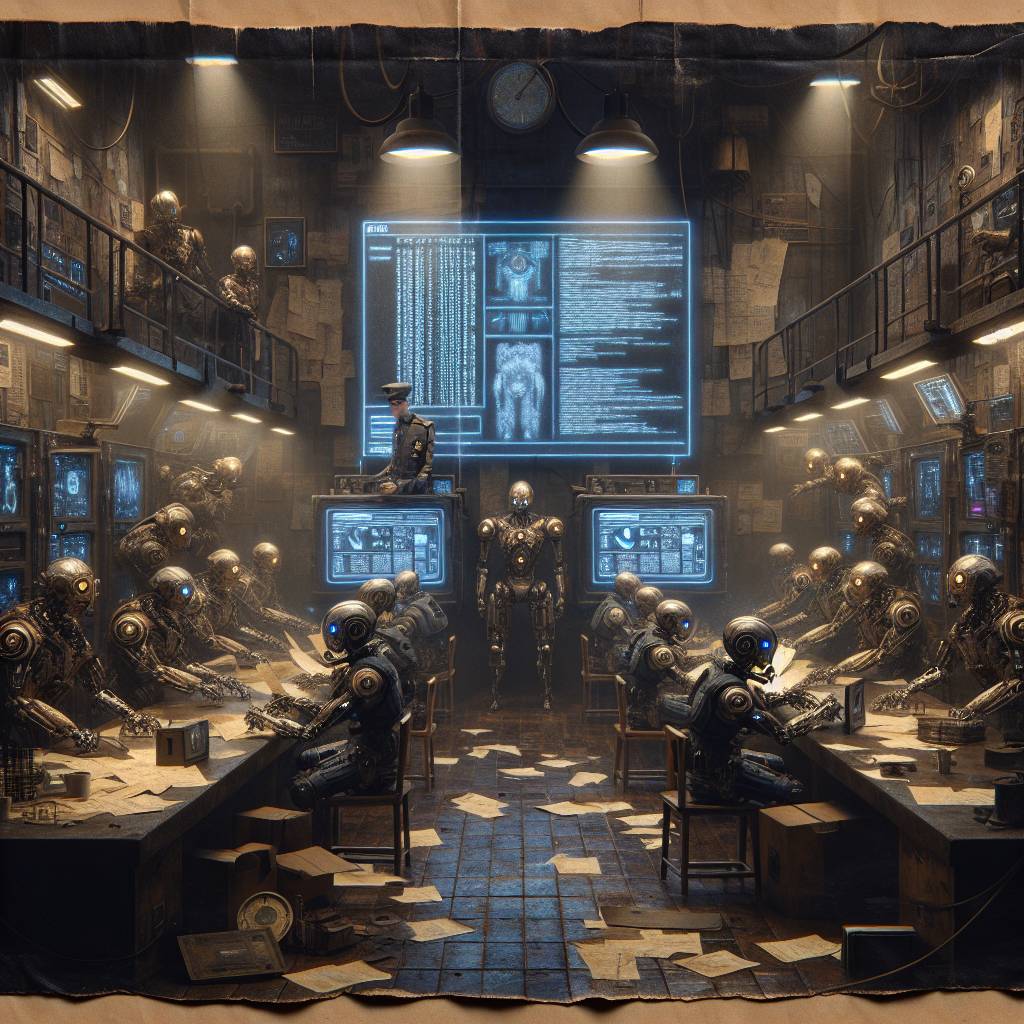Axon’s AI Police Reports: A Transparency Nightmare or Comedy of Errors?
Axon’s Draft One promises AI-generated police reports, but accessing them is like trying to get backstage at a Beyoncé concert without a ticket. Public records laws are no match for the bureaucratic hurdles and fees that make transparency feel like a myth. Read our full report on how Axon’s Draft One defies transparency expectations by design.

Hot Take:
Draft One is the AI that makes police reports sound like they were written by your Aunt Gertrude after three glasses of wine. The only thing missing is the recipe for her famous potato salad. But in all seriousness, if you think getting your hands on these AI-generated reports is going to be a cakewalk, you might want to pack a lunch, a tent, and possibly a bottle of ibuprofen. Transparency, it seems, is still in beta testing.
Key Points:
- Draft One uses AI to convert body cam audio into police reports.
- Accessing these AI-generated reports is often blocked by bureaucracy and fees.
- Axon’s system offers limited transparency and identification of AI-generated content.
- Some police departments require explicit disclosure of AI report generation.
- EFF advocates for nationwide efforts to monitor police use of AI technology.
